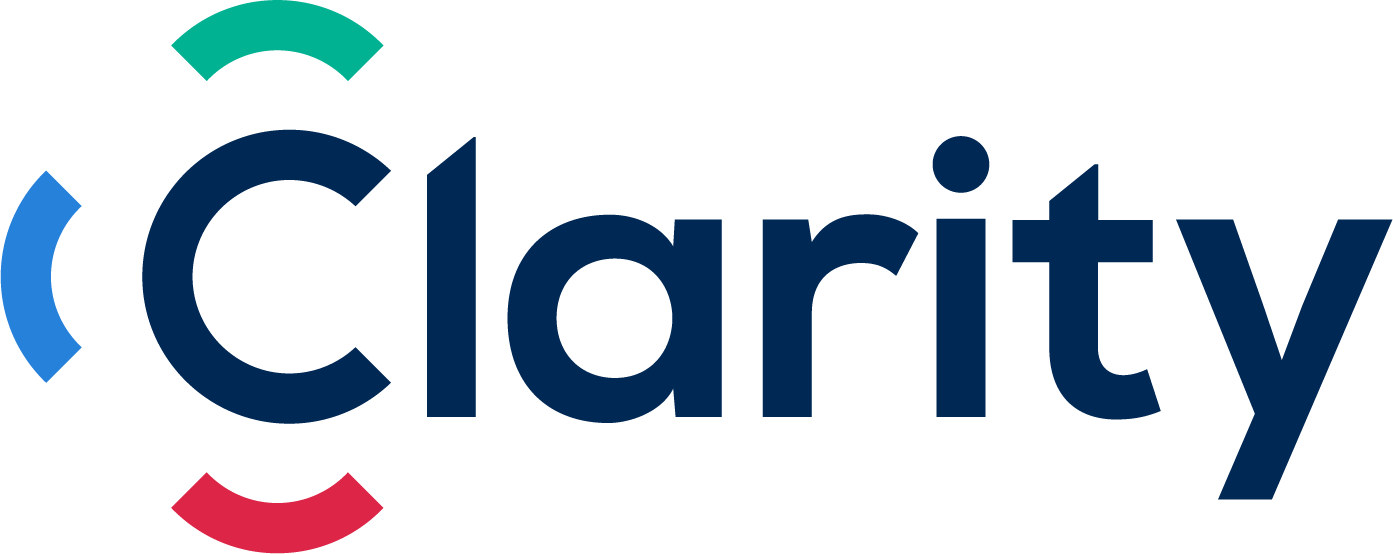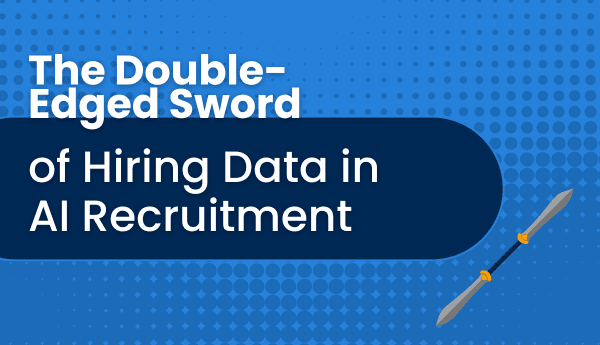In last week’s blog, we discussed some of the difficulties that AI will face on its road to bettering and, potentially, replacing human recruiters. But AI recruitment is unlikely to take off without human support and intervention.
Though AI will make leaps and bounds in many areas of prediction, particularly when outcomes are well-defined and data is plentiful, the same cannot be said when we don’t know exactly what we want or when data is unavailable, uncertain, or ambiguous. In these domains, humans will always be required to filter the signal from the noise.
As we summarized last week, a lack of consistency in resume data and poorly defined “good hire” criteria are the norm in recruitment. But these norms, limiting as they are, also create a scenario in which humans will be at the centre of decision-making for the foreseeable future.
That being said, to think that humans will always outperform machines in prediction quality in candidate selection is not only naive but will open the door for you and your firm to miss out on the benefits and advantages of algorithmic decision making, particularly when coupled with machine learning and AI-assisted selection. Even without AI assistance, human judgment leaves much to be desired in terms of effective decision-making, as evidenced by a brief look at litany of biases to which our thinking can fall prey (Wikipedia’s “Cognitive Bias” page).
So what can we do? How can we both improve our decision-making in the present and create an environment in which we can benefit from AI’s advantages in the future?
What machines excel at, and what they will continue to improve upon, is prediction. Prediction entails taking data that we have (e.g. weather patterns, previous purchases) and creating data that we don’t (e.g. this week’s weather forecast, recommended products). So in order to improve this process, machines need two things:
1. Better Hiring Data
- For example:
- References and past performance reviews accessible from trusted sources
- Personality assessments that are supported and universally accepted
- Technical skills assessment closely matching the requirements of the new role in question
2. Better Definitions of Hiring Success
- For example, considering a candidate a success when:
- They remain in the job for more than one year
- They score 8/10 or better on an annual review
- They can successfully complete a system implementation
As the data gets better and prediction outcomes match what we want, algorithms will continue to train and learn from these data-outcome matches. This training will eventually lead to better predictions from machines than from humans about which candidates have the best chance of job success.
But, these two areas, as it turns out, are also areas in which improvements will dramatically aid human judgment and reduce bias in decision-making, in other words, they are also crucial for humans hoping to stay relevant today.
To quote the Roman Emperor Marcus Aurelius, “What stands in the way becomes the way.”
And what currently stands in the way to improved decision-making and to a future-proof / future-ready kiosk is a process of data collection that makes candidate data available, comparable, and meaningful as well as a database of how clients define success. Building some metrics, however rudimentary, will substantially improving recruitment decisions, and more importantly, provide data with outcome-measures against which we can score and compare candidates in an objective way, and eventually, train an algorithm to outperform our objective judgments.
It may seem ironic that for humans to stay relevant, they must focus on making the improvements that could give machines the ultimate advantage in candidate prediction. Thankfully, prediction is only one part of the hiring equation. Judgement, or how we incorporate prediction data into decision-making, for example deciding whether to take an umbrella with us on a day with a 66% chance of rain, will always require humans to determine reward functions and balance predictions with the litany of requirements for any given decision task.
Stay tuned for next week’s post on how judgment, not prediction, will be where recruiters set themselves apart from their peers while leveraging the inevitable advance of machine learning and artificial intelligence. Subscribe to our newsletter for more posts like this, salary guides, research and insights to keep you at the top of your game.
This is Part 3 of 4 in our series on the future of artificial intelligence and recruitment. Check out the full series below.
Part 1 – Dear Recruiter: AI Is Coming for You
Part 2 – Coming Soon: AI Recruiters
Part 4 – Recruiter vs. Machine: Our Future in the New AI Era
Your Next Step
No one should walk the job search or hiring road alone. At Clarity Recruitment we help others realize their success through a process that marries proprietary technology with unwavering commitment. Contact us today to take control of your career, or to partner with us to hire well.
Clarity Recruitment, connecting exceptional people with remarkable companies.

